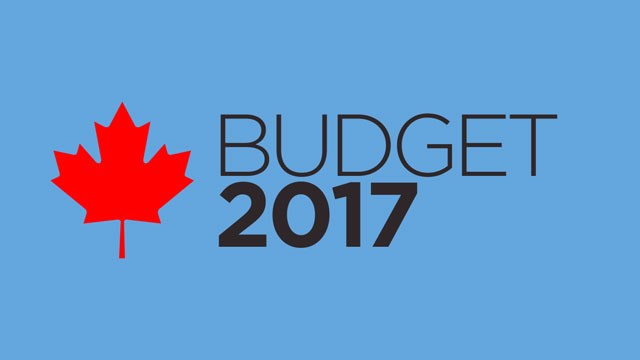While Yorkton was grappling with a provincial budget that will strip $2.3 million from the city’s bottom line, the federal budget released the same day, March 22, has kind of slipped under the radar locally.
Mayor Bob Maloney deferred questions about Justin Trudeau’s and Bill Morneau’s latest offering, saying basically he will get to it when he can.
Cathay Wagantall, Yorkton-Melville’s member of Parliament, on the other hand, is paid to pay attention to what is going on in Ottawa and had plenty to say about it.
While condemning the budget in broad terms calling spending “out of control” and echoing the standard Conservative Party talking points about rising taxes, spiraling debt and vilifying the ghost of Trudeau past, Wagantall said she was relieved to see some constraint in new spending and was able to find some potential positives for the riding in the line items, naturally focusing on agriculture.
Specifically, she noted a commitment in the 2017 budget to do a full review of rail service in western Canada; a $10.1 billion investment in trade and transportation corridors; the elimination $700 million in import tariffs, which improves “access to support for Agri-food value-added processors through the new Strategic Innovation Fund”; and $500 million to support expansion of rural broadband networks, which she says local modern farmers require to stay competitive.
Nevertheless, Wagantall is taking a bit of a wait-and-see attitude about how funding actually rolls out.
“The concerns continue to be the lack of any details regarding the next agricultural policy framework,” she said. “Money already budgeted in 2016 for science and innovation is focused on climate change, soil and water conservation while there continues to be no mention of support for new business risk management approaches. The budget proposes to provide funding to support the expanded adoption of clean technology by Canadian agricultural producers, but it is unclear what portion of the $200 million for clean growth in the natural resources program will be available for agriculture.”
As a member of the Standing Committee on Veterans Affairs, Wagantall also noted some progress on that file.
“I’m pleased with the potential improvements for our veterans,” she said.
These include: support for a DND ombudsman recommendation that soldiers not be released until all of their post-service supports are in place; opening of a veteran-friendly transition program at Willis College, which is now accepting veterans into post-secondary education streams; and a one-year extension to veterans vocational rehabilitation time.
Wagantall still wants to see more done on expanding operational stress clinics, implementing life-long pensions and ceasing the use of the controversial anti-malaria drug mefloquine.
The Saskatchewan Association of Rural Municipalities (SARM) also had some tentative praise for infrastructure funding announced last week.
“We lobbied for a separate pot of funds for small communities so we are pleased to see this included in the Budget,” said Ray Orb, SARM president. “The Federal Government will invest $2 billion over the next 11 years to various rural and northern infrastructure projects, including improved road and broadband access.”
The Federation of Sovereign Indigenous Nations (FSIN) was also cautiously optimistic about “respectable” commitments in the budget it says have the potential to narrow the funding gap between First Nations and the rest of Canada in terms of health, education and culture.
“We at the FSIN have always said that making investments in the education and health of our young people must be a priority, and we see some positive commitments from the federal government toward their well-being,” said Chief Bobby Cameron. “Dollar for dollar, we know that paying for the education of First Nations people is the most lucrative investment you can make, the real test will be to see how much of this flows through the bureaucracy to where it’s needed.”




